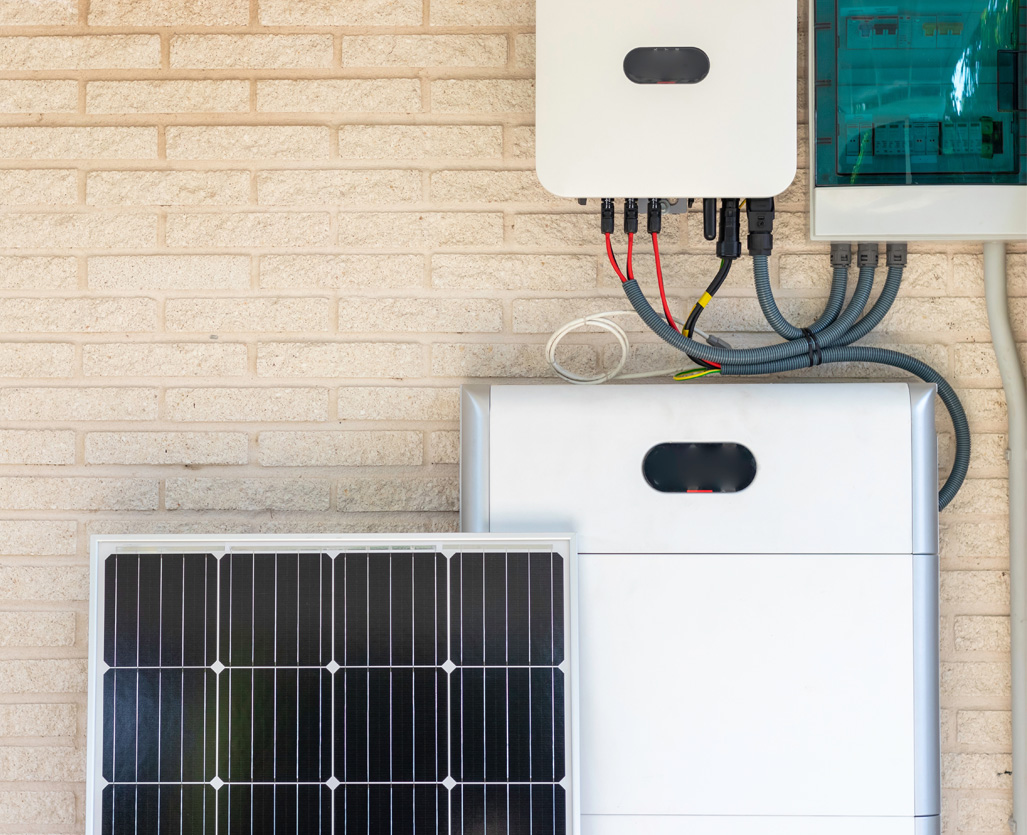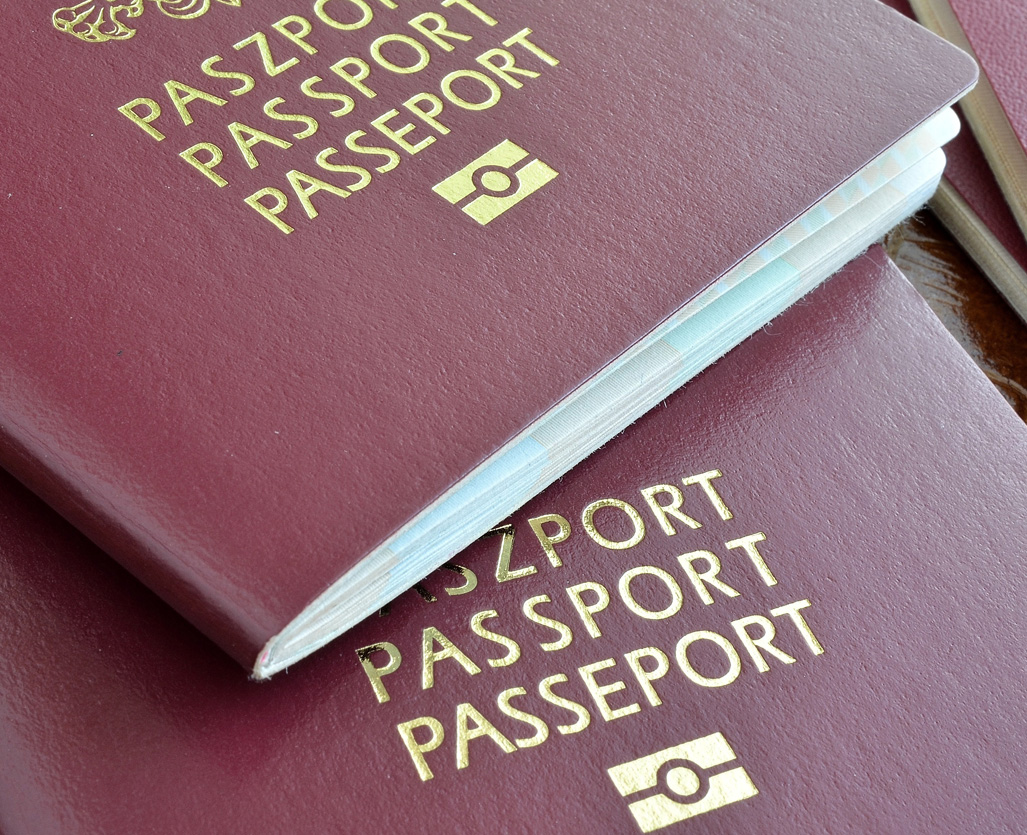Associate Minister for the Environment Eugenie Sage has approved $97,200 in funding to support the Battery Industry Group’s (B.I.G.) design of a ‘circular’ product stewards
hip scheme for large batteries. The Ministry funding is two-thirds of the total cost of the project. EECA, Vector and the Motor Industry Association of New Zealand have also contributed funding to the project.
B.I.G. is a cross-sector collaboration between energy, waste, transport industries and businesses that have large stationary and mobile batteries in their value chain. Members acknowledge that these batteries need to be responsibly managed at end of use, and importantly, at end of life.
The funding has been allocated from the Ministry for the Environment’s Waste Minimisation Fund and is in addition to $48,000 funding provided by the Energy Efficiency & Conservation Authority (EECA), Vector and the Motor Industry Association of New Zealand (Inc). The B.I.G.-developed scheme will be proposed to Government for consideration in 12 months’ time.
Juhi Shareef, Chair of B.I.G. says, “While large batteries are key to powering and decarbonising our new energy future, they come at a significant environmental and social cost. We have a window of opportunity to front-foot this E-waste challenge. Global economies are based on a linear economy model of extracting natural resources, making products, possibly recycling them – which usually means downcycling – and then disposing of them into landfill.
“With increasing pressure on natural resources, significant ethical supply chain risks and growing global demand, this linear approach is simply not sustainable for large batteries and frankly, is out of date. Instead, the Battery Industry Group (B.I.G.) is leading the shift to a circular economy approach which keeps products and materials in use at their highest value and allows for the regeneration of natural systems,” Juhi said.
In New Zealand, modelling commissioned by Vector suggests that there could be up to 1,000 electric vehicle (EV) batteries coming to the end of life by 2020, increasing to up to 84,000 by 2030.
The project will make recommendations to Central Government on how large batteries may be tracked through their life cycle, who is responsible for them at each stage, and how to ensure that they are managed responsibly and put to the highest value use at each stage.
The project is taking a ‘co-design’ approach which would see Government providing regulation and oversight and industry designing and running the scheme.
Context for the scheme is provided by the Vector New Energy Futures Paper on Batteries and the Circular Economy and its Technical Addendum.
B.I.G. invites anyone with an interest in large batteries to join us by contacting: sarah@big.org.nz or learn more at www.big.org.nz
ENDS
About B.I.G.
Chaired by Vector, B.I.G. comprises a Core Delivery Team (Vector, Eunomia Research & Consulting and WasteMINZ); sub-working groups (THE Safety & Logistics Group, the Battery Innovation Hub and an upcoming Battery User Group); a Stakeholder Reference Group; and an Advisory Group. A Governance Group provides governance and oversight.
About The Waste Minimisation Fund:
The purpose of Te Pūtea Whakamauru Para – the Waste Minimisation Fund (WMF) is to boost New Zealand’s performance in waste minimisation. The WMF invests in infrastructure, services, and educational activity throughout New Zealand. The fund is enabled through the waste disposal levy.
There is considerable scope in New Zealand to reduce waste and increase the recovery of useful resources from waste. Lifting our performance in recovering economic value from waste also provides environmental, social and cultural benefits and reduces the risks of harm from waste.
More information about the fund can be found on the Ministry for the Environment website https://www.mfe.govt.nz/more/funding/waste-minimisation-fund.


